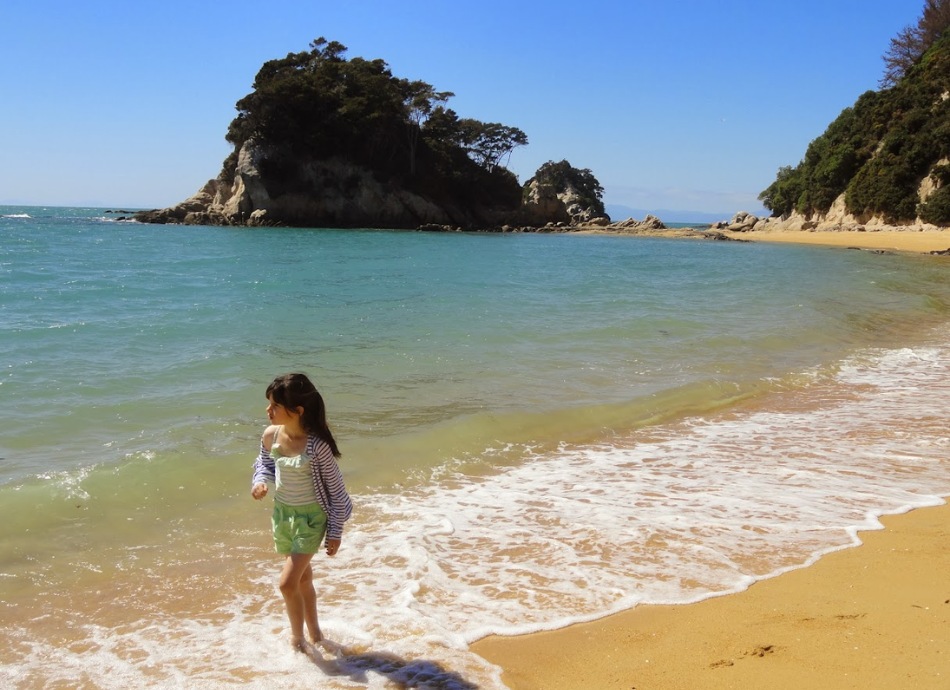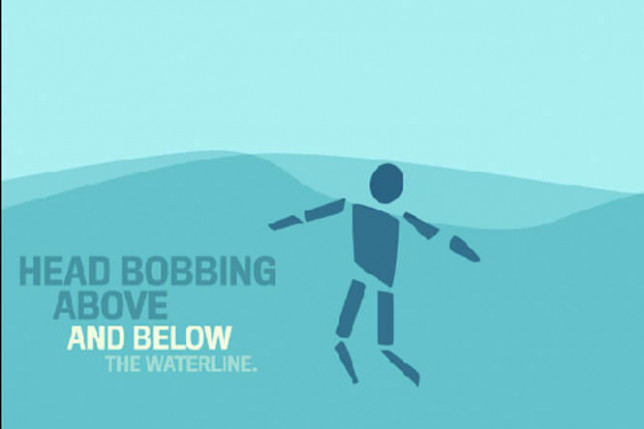1. Learn to swim
One of the best things you can do to stay safe in the water is to learn to swim. Swimming lessons are available for people of all ages and levels of ability. Contact your local public swimming pool, usually through your local council, for more information about lessons.
2. Always supervise children
If you are with your tamariki near water, always watch them very closely and keep within reaching distance so you can grab them if you need to. Never let them go into the water unsupervised by an adult, because it only takes a second for something to go wrong. Remember children can drown (very quietly) in the smallest amount of water. A good idea is to always have a dedicated person in a group who is watching out for the kids. They should hand over to another adult when they need a break.
3. Wear a life jacket
Life jackets(external link) are an essential piece of safety equipment when boating and fishing and taking part in other water sports such as jet skiing, paddle boarding etc. For more information visit Maritime New Zealand(external link). Always check the weather forecast before heading out onto the water. Also, make sure you have the right equipment when you’re taking part in activities such as boogie boarding, eg, check your boogie board has a leg rope attached to it.
4. Become a Coastguard member
Before you go boating become a Coastguard(external link) member and make sure you know the Boating Safety Code(external link), no matter what type of boat you use. Five simple rules around life jackets, skipper responsibility, communications, marine weather, and avoiding alcohol will help keep you safe. Remember to let someone know when and where you are going boating and when you’ll be back.
5. Watch out for rips
Check for a rip current(external link) before you enter the water. A rip is a strong current running out to sea and if you get caught in one, you can get dragged out to sea quickly. A rip typically looks like a calm patch of water with waves breaking on either side. Remember if in doubt, stay out!
6. Swim between the flags
When swimming at the beach always swim between the yellow and red flags. The area between the flags is the safest spot on the beach to swim and is patrolled by lifeguards. Make sure you stay in the shallow water and don’t go out too far. Turn your back towards the waves when they break or splash to avoid water going up your nose and into your mouth. You can search for patrolled beaches(external link) online.
7. Don’t drink alcohol or take drugs
Never drink alcohol or take drugs before or when swimming or watching out for children in and around the water. Alcohol and drugs impair your judgement and make any activity around water more dangerous.
Video: Don't Let Your Mates Drink and Drown - Full Version
This video may take a few moments to load.
(Royal Live Saving, Australia 2017)
8. Wear togs when swimming
Always wear togs or other swimming attire when you go swimming. Never swim in your clothes as they become heavy when wet and can drag you under the water and weigh you down.
9. Read the signs
Check for warning signs at beaches, rivers and lakes and obey the safety advice.
Rivers and lakes
Read the warning signs, check the weather, ask a local and only swim in designated swimming areas. Check for hazards such as floating timber or other objects and always check the depth before jumping in to avoid spine and neck injuries. If you get caught in a river current, don’t fight it – head downstream to a suitable landing area.
Swimming pools
Follow the safety instructions and don’t go in too deep if you aren’t a confident swimmer. If you get into trouble, tread water or float on your back. Call for help and wave your hand in the air to signal to the lifeguards that you need help. Check the depth and for other people in the way before entering the water. Always walk around the pool as the floor can be slippery.
10. Watch out for dirty water
Coming into contact with dirty or contaminated water can result in serious stomach bugs, sore throats or skin infections. Land, Air, Water Aotearoa’s(external link) website monitors water quality around the country and lets you know which spots are safe to swim in.
11. Slip, slop, slap
The sun is at its hottest between 11am and 4pm. Remember to be sun smart(external link) when you’re outside so that means slip on a shirt, slop on some sunscreen and slap on a hat and sunglasses.







